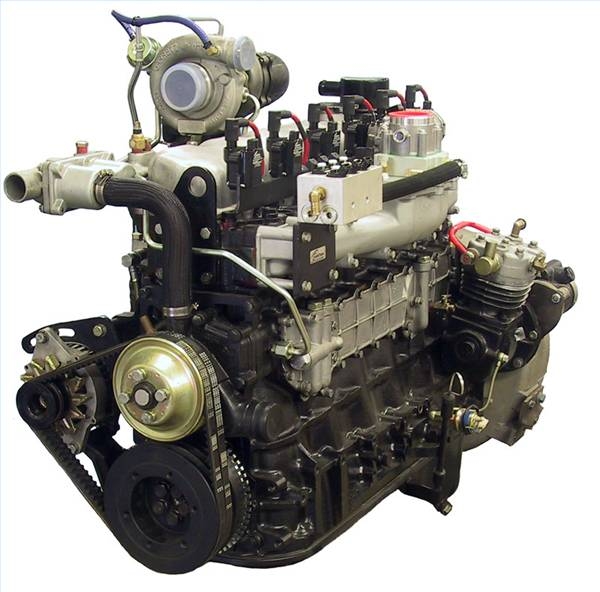
Natural gas burns more efficiently and emits less toxins into the environment than its petroleum-based counterpart. Natural gas is made up primarily of methane found in fossil fuels and recycled biological material that otherwise would have ended up in landfills. Some traditional car engines can be simply converted to burn natural gas, which results in lower fuel costs and eco-friendly transportation.
An engine is converted to natural gas by installing natural gas canisters and alternative fueling system. Before installation, the engine and vehicle is inspected to ensure the engine is able to bear the added weight of the canisters and fuel system. Most natural gas systems weigh between 300 pounds and 600 pounds, depending on their design. The car must also be inspected to ensure conversion will conform to EPA emissions standards.
Installation begins with choosing a space for the canisters, commonly in the trunk or directly under the trunk. Piping is run from each tank to a fuel reducer and mixer, which are mounted to the body. Lines run into the fuel injection system. The traditional gasoline fuel system is sometimes altered and converted to route natural gas, however, most existing fuel systems are removed to make room for natural gas conversion parts.